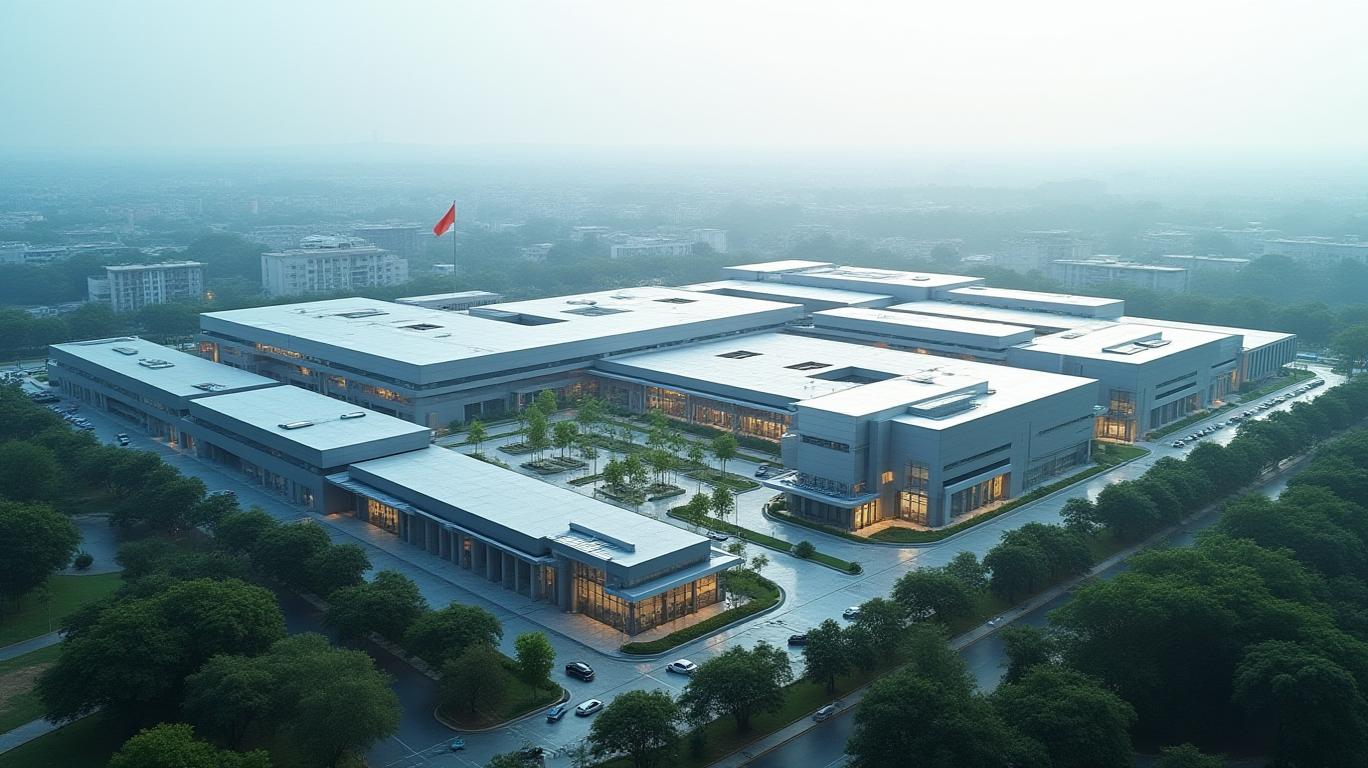Apple's U.S. Manufacturing Gambit: Navigating Geopolitical Storms for Long-Term Dominance
The global tech landscape is in flux, and
(AAPL) stands at the epicenter of a seismic shift. As geopolitical tensions and trade wars redefine supply chains, the company's pivot toward U.S.-based iPhone production—once deemed a political “fairy tale”—has become a strategic imperative. But can this audacious move deliver on its promise, or will it sink under the weight of cost and complexity? For investors, the answer hinges on understanding the calculus of risk, resilience, and reward.The New Manufacturing Reality: India and Vietnam Lead, But China Lingers
Apple's 2025 manufacturing blueprint is starkly bifurcated. By June 2025, India will supply the majority of iPhones sold in the U.S., while Vietnam dominates production for iPads, Macs, and wearables. This diversification reflects a deliberate effort to insulate U.S. sales from China's vulnerability to tariffs and geopolitical volatility. Yet China retains its crown as the global hub for iPhones bound for non-U.S. markets, accounting for 85% of total production.

This dual-track strategy is no accident. It allows Apple to balance U.S. political demands with the economic realities of China's unmatched scale and infrastructure. But the cracks are already showing.
Tariffs as a Sword of Damocles: $900M Headwind and Counting
The elephant in the room is tariffs. President Trump's threat of a 25% levy on Chinese-made iPhones—coupled with a proposed 50% tariff on EU goods—has forced Apple into a high-stakes game of fiscal whack-a-mole. The June 2025 quarter alone projects a $900 million tariff-related “headwind,” a figure that could balloon if geopolitical winds shift.
Investors should take note: these tariffs are not merely a cost drag but a catalyst for structural change. Apple's recent $500 billion U.S. investment pledge—focused on AI and data centers—avoids manufacturing, signaling that domestic production remains a distant goal. Yet the market is already pricing in the consequences.
The U.S. Manufacturing Mirage: Cost, Complexity, and Contradictions
Analysts are sharply divided on the feasibility of U.S.-made iPhones. Wedbush's Dan Ives calls it a “decade-long moonshot,” warning of price tags soaring to $3,500—a level he deems “unsustainable.” Conversely, Kearney's Drew DeLong argues tariffs could add “only” $100–$200 to iPhone prices, with automation and localized supply chains mitigating labor costs.
The crux lies in semiconductors. Even if Apple can navigate labor and logistics, securing a stable chip supply in the U.S.—where semiconductor shortages persist—remains a hurdle. Add to this the logistical nightmare of retooling a global supply chain, and the timeline stretches further.
Geopolitical Crossroads: A New Era of Supply Chain Diplomacy
Apple's challenge transcends tariffs. The U.S.-China trade war has morphed into a broader geopolitical chess match, with Europe now caught in the crossfire. A 50% tariff on EU goods would force Apple to rethink its European supply chain, compounding costs and delays.
Yet this chaos also creates opportunity. Companies that build resilient, distributed supply chains—like Apple's India-Vietnam pivot—will gain a decisive edge. Investors who bet on Apple's ability to navigate these storms could reap outsized rewards as competitors falter.
The Market Impact: A Long Game Worth Playing
For shareholders, the question is clear: Is Apple's supply chain overhaul a liability or an asset? Consider this:
- Resilience Over Cost: While tariffs and production delays may dent near-term profits, a diversified supply chain reduces existential risks from trade wars or pandemics.
- Premium Pricing Power: Even a $200 price hike—far below Ives' $3,500 nightmare—would be absorbed by Apple's loyal customer base, boosting margins.
- Strategic Moats: By embedding production closer to key markets, Apple strengthens its control over delivery timelines and quality, outpacing rivals like Samsung reliant on single-region manufacturing.
Final Analysis: Bullish on Apple's Geopolitical Mastery
Despite the hurdles, Apple's strategy is a masterclass in long-term thinking. The company is not merely complying with political whims but redefining global manufacturing to thrive in a fractured world. While short-term volatility is inevitable, the structural advantages—brand equity, ecosystem dominance, and operational flexibility—are unmatched.
Investment Recommendation: Maintain a buy rating on AAPL. The stock's P/E ratio of 28.5x (vs. 24.7x for peers) reflects market confidence in its ability to navigate this transition. Short-term dips around tariff news present buying opportunities, as the long-term trajectory remains upward.
In a world where geopolitical risk is the new normal, Apple's supply chain agility isn't just a survival tactic—it's a blueprint for dominance. The U.S.-made iPhone may still be a work in progress, but the groundwork for its success is already being laid.

Comments
No comments yet